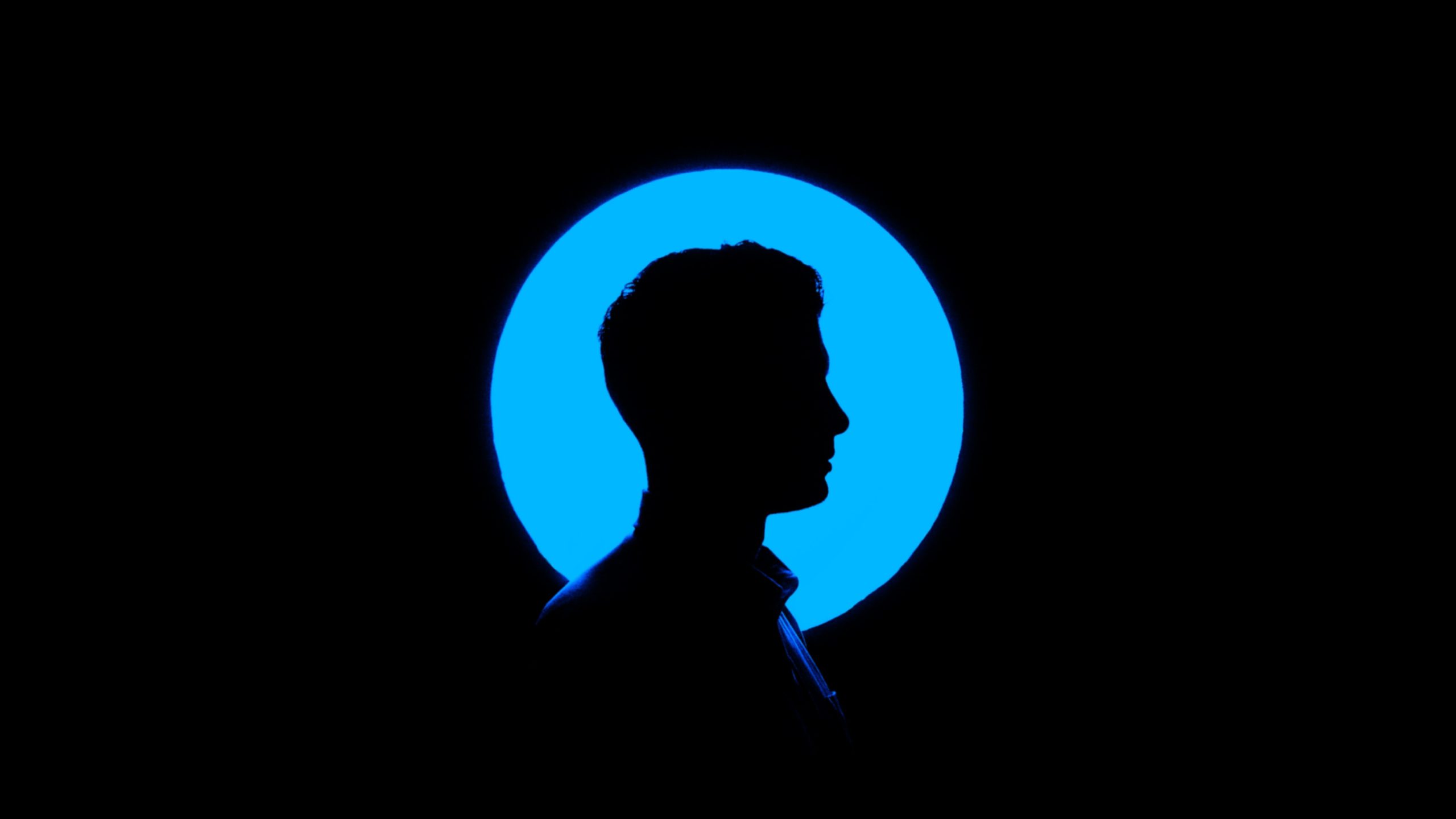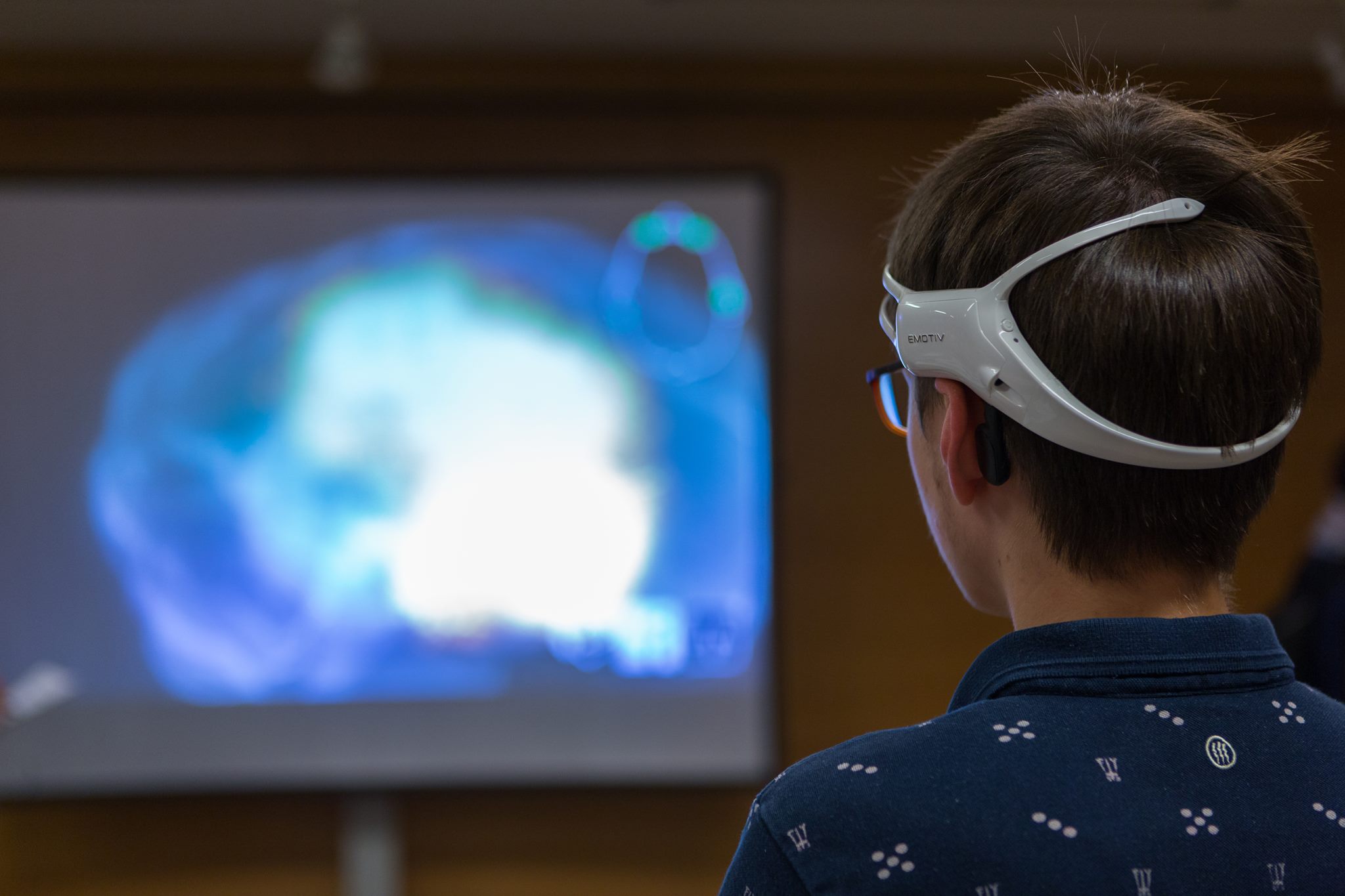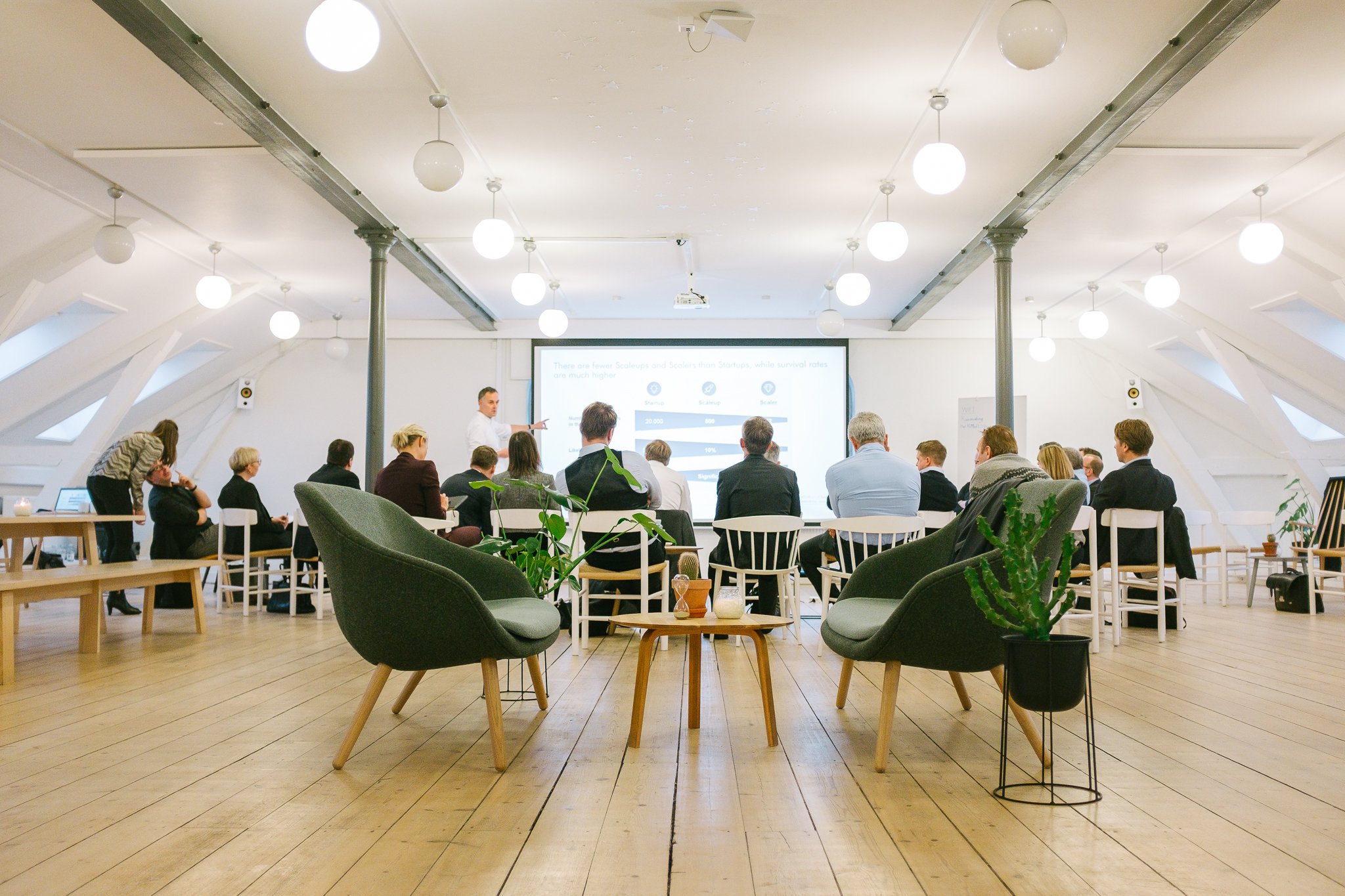

Don't you want to read? Try listening to the article in audio mode 🎧
The Design Thinking process is not just a generic term referring to the process that brings you from the first phases of ideation to a finished product. It’s the name of a specific methodology, that was first conceived by David Kelley and Tim Brown of IDEO and then further systematised and formalised, until it became a model adopted and taught in many design schools. For example, the Talent Garden UX Design Master, which is articulated into six modules and teaches you all the fundamentals you need to start a career in UX.
For its characteristics, the design thinking methodology it’s particularly useful when you have a complex, ill-defined problem that needs re-framing in a human-centric way. Design thinking is a non linear iterative process, whose stages overlap and are not necessarily strictly sequential. Teams can adopt this methodology when they need to encourage creativity and collaboration while staying centered on user needs. The design thinking process is in some way an “experimental” methodology, where you should not be afraid of trying new ideas, tools or processes, especially in the early stages of the flow. In its most recent and known formulation the design thinking process is split into 6 stages:
- Empathise - deeply understand your users and their needs
- Define - clearly outline the identified problems
- Ideate - unleash the creativity and begin noting ideas
- Prototype - create some possible solutions
- Test - check with users if what you have in mind and plan to deliver really answers their needs and expectations
- Implement - actually develop and launch
Empathise
In this stage your goal is to gain a deep understanding of your users and their needs. Empathy is the process through which you put aside your needs, way of thinking, assumptions, and put yourself in their shoes. Similarly in design thinking you try to understand people, their emotional as well as practical needs, the reason why they behave in a certain way, what is meaningful to them. So in this stage you should consult experts, observe a lot, immerse yourself in your user's environment, feel like they do and experience their problems and concerns as well as understand their expectations. At the end of this process you should have gained a lot of useful information that will guide you in the next steps.Define
In the first stage you gathered a lot of information that you now have to process and remove the irrelevant or redundant aspects. You should then process the raw material you have at hand, start making connections, analyse your findings and define the core problems and needs that you are going to answer. Your goal is to define an actionable problem statement that will guide you during the following stages. You should always keep a human-centered attitude, trying to develop a “point-of-view” that is as near as possible to the needs and feelings of your target users.Ideate
When you ideate you focus on finding solutions for the questions you identified in the define stage. The insights that you gained during the define stage are like challenges that now must be addressed, guided by the point-of-view you developed. The ideate phase represents the transition from problem identification to solution creation, generating in the process the widest possible range of ideas. Here you can use many and different ideation techniques, from brainstorming to prototyping (actually building something may help you in the ideation process), from mindmapping to sketching. In this stage you should not judge, you should only let your mind run wild giving full freedom to your imagination.Prototype
Now you should start selecting, from all the ideas you generated, the ones that have the highest potential. You should not focus on just one idea, but instead identify some criteria to adopt when making a choice and select two or three of the most brilliant ideas that could work better than the other ones according to a certain set of criteria. Once done with this first selection, the design team should deliver some quick, low resolution prototypes that experimentally and iteratively help you get nearer to the final solution. Each prototype should answer a question, it’s a way to test your possible solutions. So a prototype must be something a user can interact with, because only in this way will give you the insights you need. This is the truly experimental stage: ideas are examined, tested, accepted, rejected or further modified and then tested again. Your goal is ending with one solution that is considered the best.Test
Testing and prototyping are strictly interwined of course. During testing mode, you ask your users to give you feedback about the prototypes (the solutions) you have developed but at the same time, it’s an opportunity to gather further knowledge about your users. The results obtained in this stage are often used to redefine problems and to modify and refine your prototypes, in a circular process that should finally end with the solution that works well for those users in that context. Remember that when testing you should never tell people how to use the prototype or what to do. Rather you should create an experience for them and let them understand the prototype, like they were real users in a real context.Implement
This is the stage when finally your solution becomes real and is launched and tested on the real market. Many designs will never reach this stage. While the design may be marvellous, perhaps it didn’t solve the user’s needs in the way you expected. Or perhaps you will go back to the ideation stage and rework your idea. Although your idea may not be transformed into something real this time, the process is non-linear so you take what you have learned and start again.
Article updated on: 09 August 2023

Don't Waste Your Talent. Turn It Into a Career With a Course That Fits Your Needs!
Talent Garden is your Digital Skills Academy, offering courses in Digital Marketing, UX Design, Digital HR and Data Analysis designed to launch your career.
Keep reading

4
min read
What HR Managers do and what is their average salary
Human resources represent the company capital in terms of skills and production capacity. Business processes must be ...
Talent Garden
04/03/2022

2
min read
Reading consumers’ minds through neuro-science
Emotions are at the very basis of consumers’ choices, so what if it was possible to detect the processes beyond those ...
Talent Garden
06/12/2016

5
min read
The Definitive Guide to Digital Product Management
With the fast advancements in digital technology, we are all facing rapid change from our personal lives but also in ...
Talent Garden
18/09/2020

1
min read
Talent Garden Innovation School Denmark FAQ - Everything You Need to Know!
I’m waiting for a response from my Jobcenter. Is there a deadline? Be mindful that it takes the Jobcenter 2-3 weeks to ...
Talent Garden
17/05/2021
